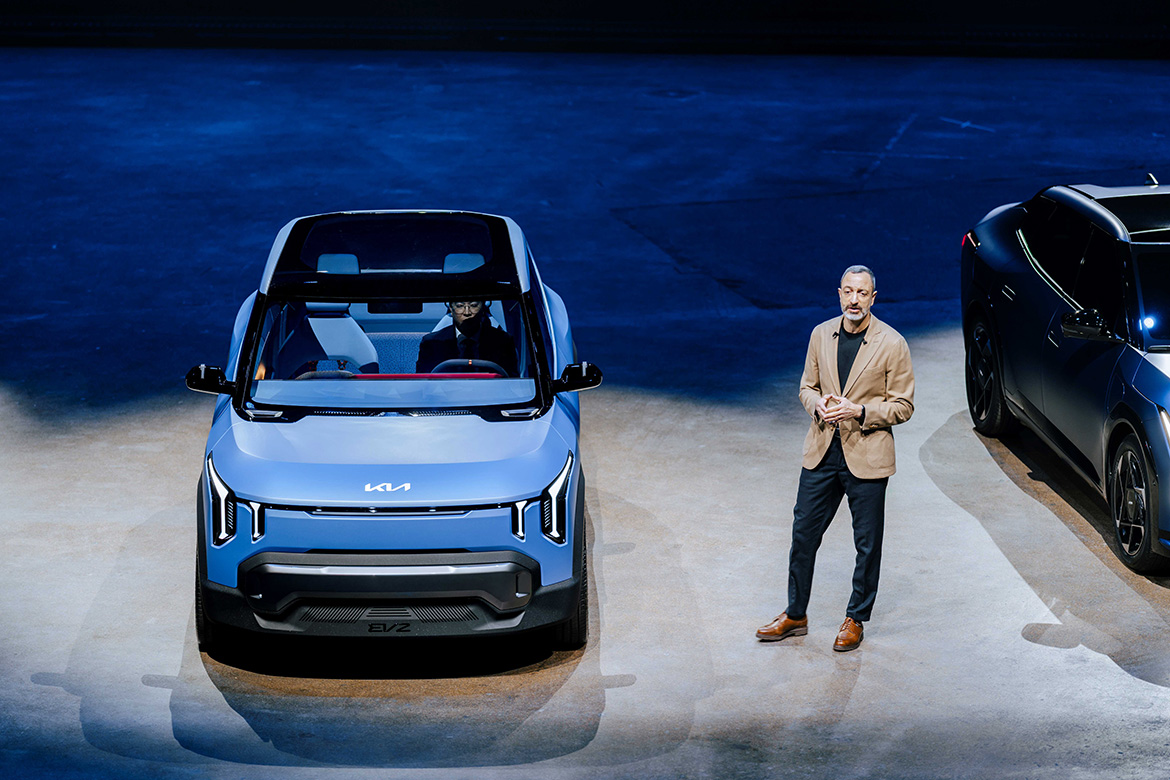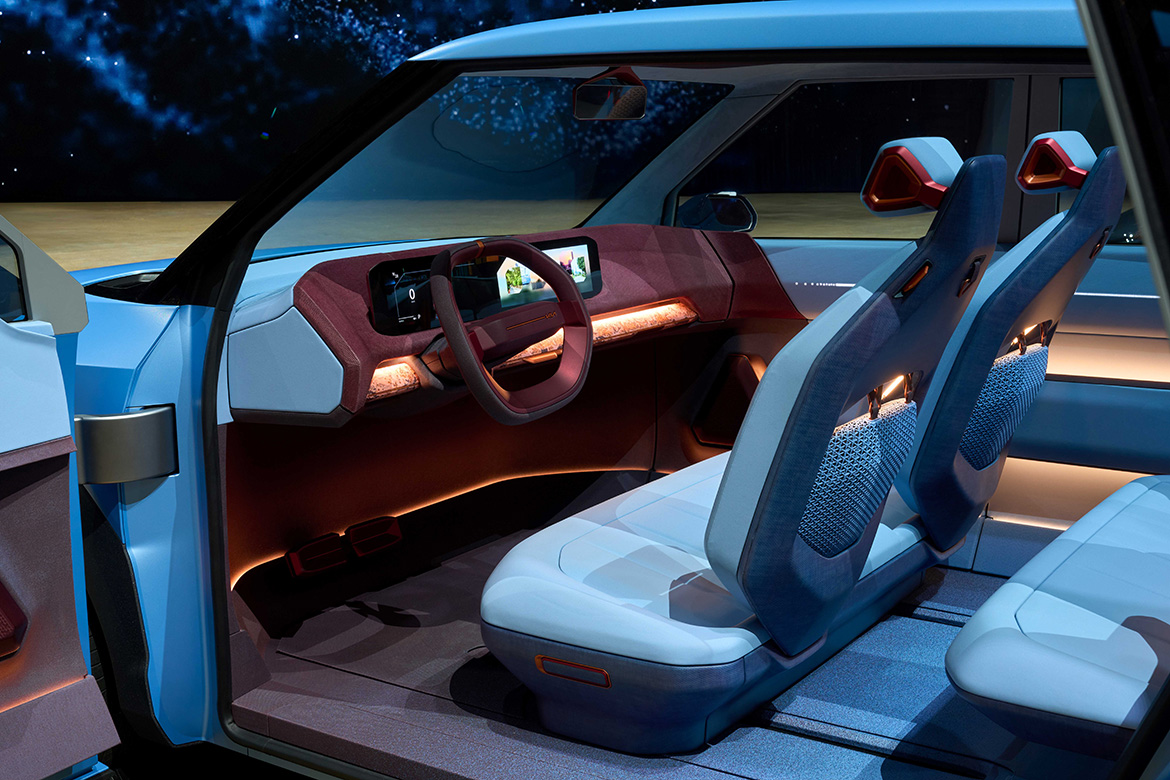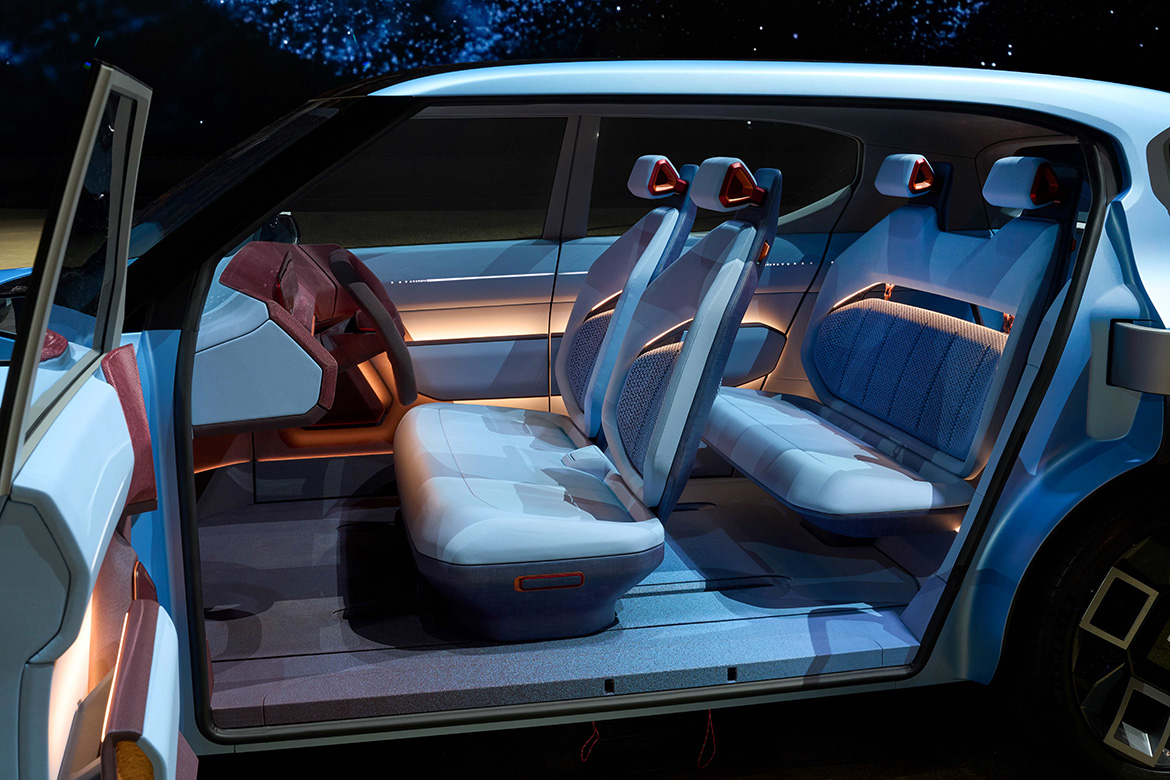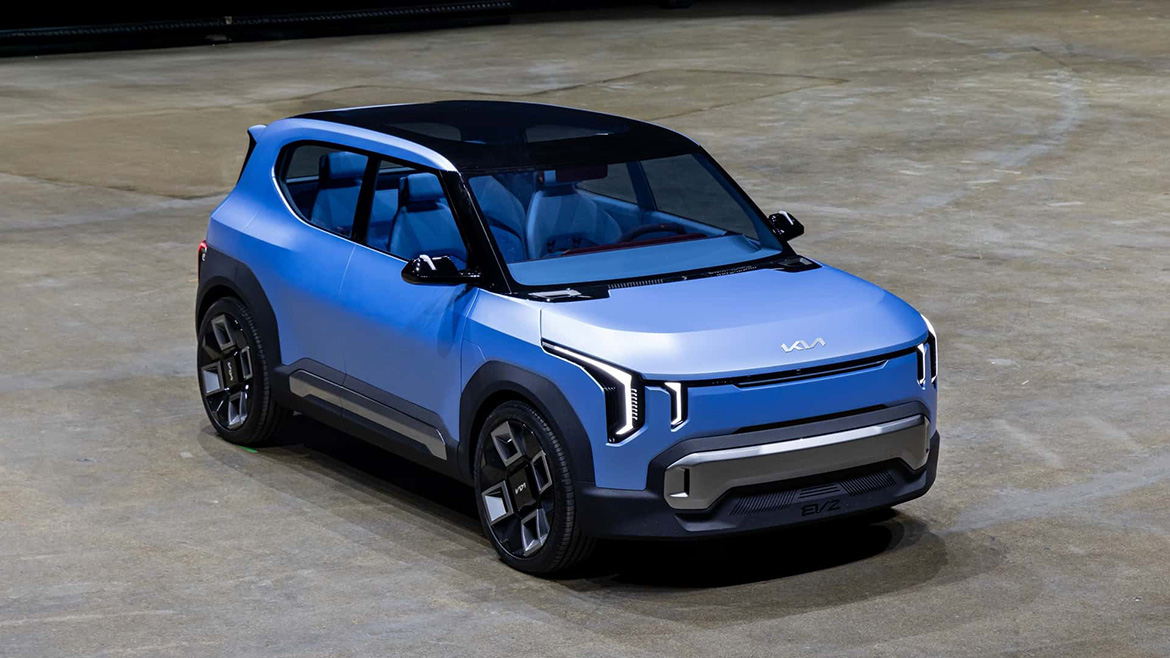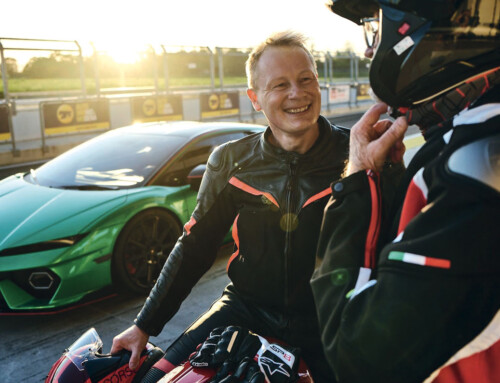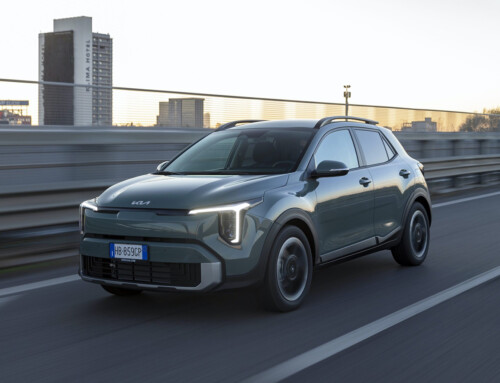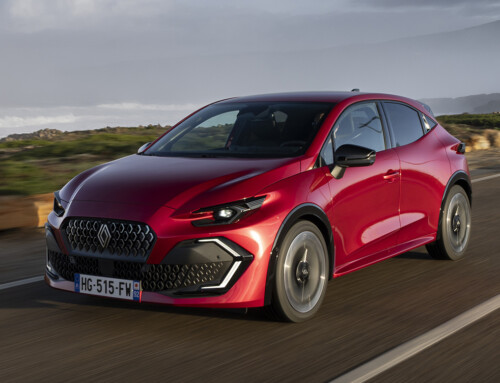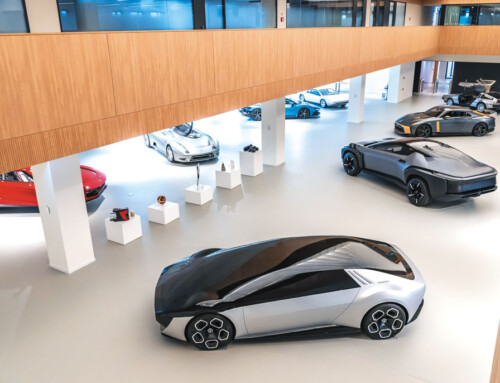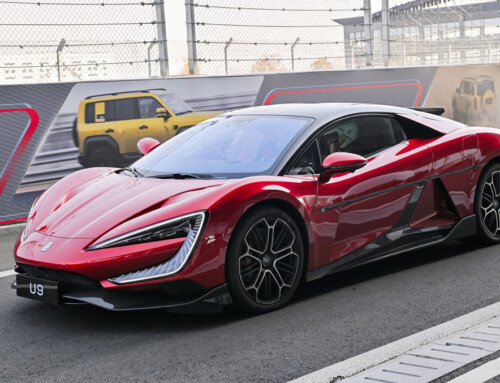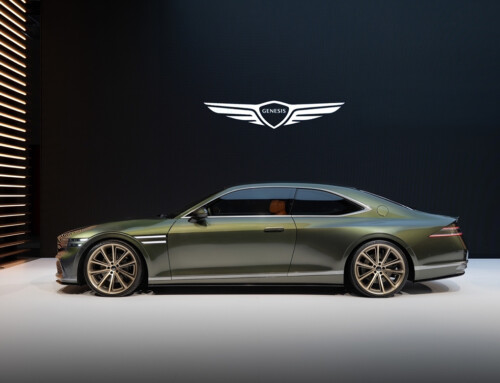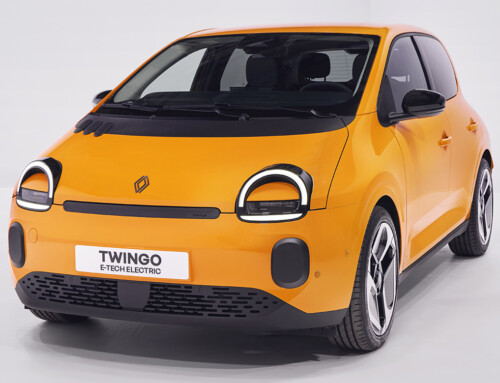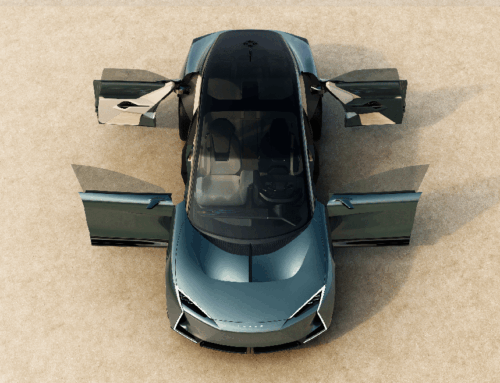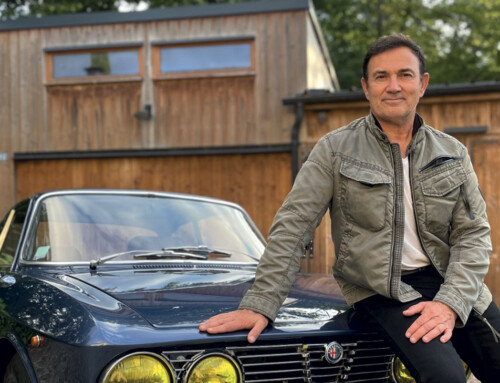‘The Concept EV2 anticipates the most compact model in our EV range. A versatile vehicle, a compact and agile SUV that expresses an innovative and adventurous character, unlocking potential for an active urban lifestyle. We created it inspired by the ‘picnic in the city’ concept”. Thus, Karim Habib, Senior Vice President and Head of Kia Global Design, introduced the smallest of the vehicles presented at Kia EV Day on 24 February in Tarragona, Spain.
An unusual concept, but the Korean brand has accustomed us to design proposals that go beyond the usual. ‘Contrasts shape the world we live in, it is no coincidence that our creative philosophy is called Opposites United. We are creative and risk-takers, we constantly challenge ourselves, pursuing original and daring solutions in the search for new ways of doing things. Progress regenerates us,’ Habib continues, also explaining the reason for the “city picnic”. To understand this idea, however, it is not enough to dwell on the sturdy, vertical surfaces of the exterior: you have to access the interior, opening wide the doors that open like double doors in the absence of a central pillar.
‘The character of the cabin can best be expressed by the term picnic box, because it emphasises its versatility. The folding rear seats allow the first row to slide back, extending the space and offering new possibilities for use. In this way, even though you are in a compact car, you have a large free area to use as you wish. Perhaps for a picnic, in fact, sitting on the floor using the cushions designed specifically to be taken out of the seats. ‘We also designed this concept to break the mobility restrictions for compact cars. Mobile seats with removable cushions and accessories for organising the luggage compartment also allow maximum flexibility for transporting one’s belongings as one prefers. The vehicle becomes an ideal everyday companion, the smallest in our EV range but the one with the biggest personality”.
The interior of the Concept EV2 is also innovative in terms of the materials used, explains Nathalie Bucher, CMF senior designer who supervised the project at the Kia Europe Design Centre (working with the parent company’s studio in Korea) to Auto&Design. ‘Since this is a concept car, it is an opportunity to present the developments of our research. Some materials are already very close to production, while others are at the advanced research stage. The bright light blue covers are made from a polyurethane based on mycelium, a fungus with luminescent properties that we also used by cultivating it together with agricultural waste to obtain another 100 per cent natural material.
The dark red strip that runs across the dashboard is itself completely compostable: ‘It is made from cellulose fibres, so it is a kind of paper. It starts out in liquid form, is placed in a mould and pressed into shape. The embossed surface comes from the mould, there is no processing waste and it is more than 95 per cent organic, placed in the soil it dissolves. The insert at the bottom (with a marbled appearance, ed.) is instead our way of using leather, a material we have chosen not to adopt, but in this case used leather is recovered, shredded and added to an organic resin in an upcycling process”.
Also natural are the linen fibres used on the back of the seats, a shell made from a vacuum-packed and thermoformed composite in which the weave remains visible, just like carbon fibre. The suspended elements that make up the central part of the backrests, on the other hand, is made of 3D-printed polyurethane to obtain an elastic mesh, ‘which is why a natural material has not yet been used,’ Bucher points out, and comes from the same supplier that produces the soles of Adidas shoes, with which it shares the same characteristics of lightness, elasticity and robustness.

